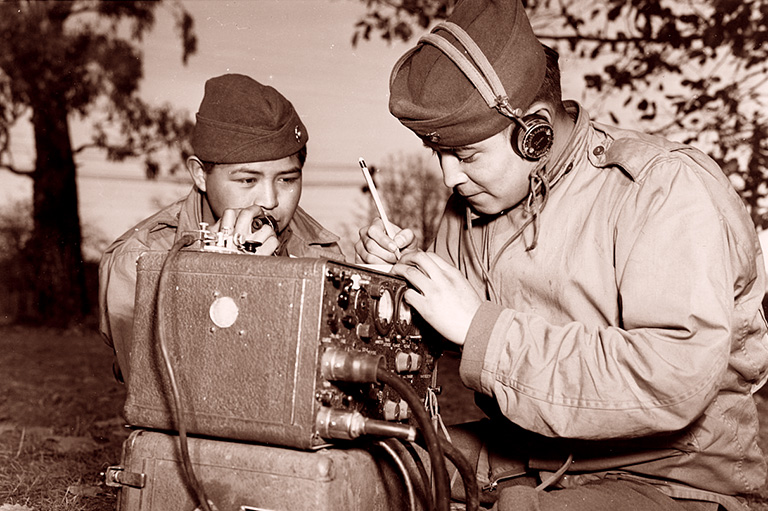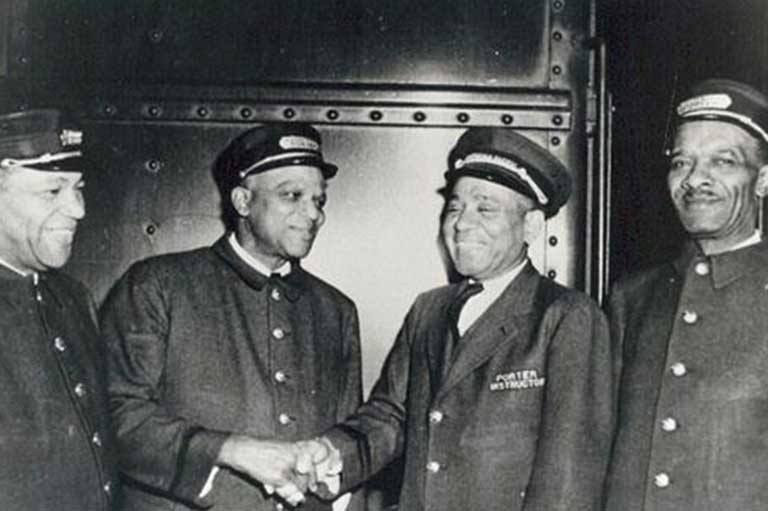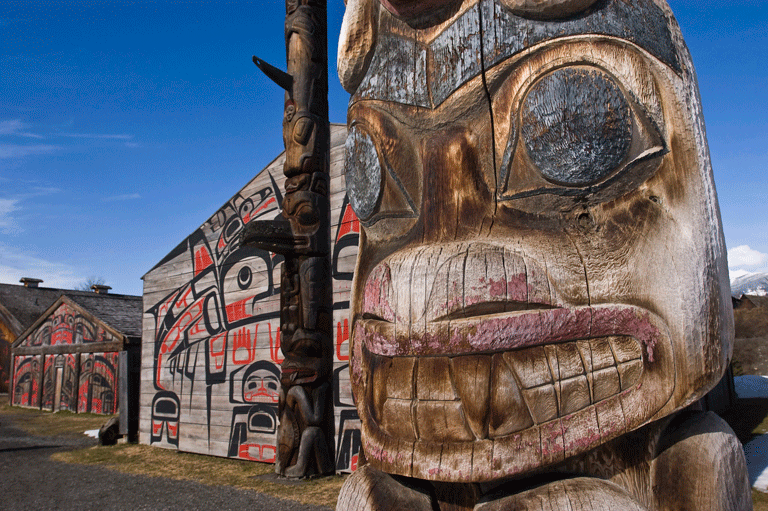Historical Consciousness: Infusing Identity and Citizenship
Grade Levels: 9/10, 11/12
Subject Area: Social Studies, History, ELA, Civics
Lesson Overview
In respect to the Canadian experience, a nation defined by immigration, Canadian people’s sense of national identity and citizenship has evolved over time. The national identity of Canada as a whole has had a direct and continuing impact on the variety of citizens that have settled this nation. Wherever Canada was in its domestic and foreign policies throughout its history, it has had an impact on its citizens’ personal sense of Canadian identity and citizenship.
Time Required
Based on three 60-minute class periods:
- Overview: two 60-minute class periods
- Introduction to project: 1 class period
- Decision day: first class after the first weekend, student must choose a family side and determine their country of origin
- Independent research time: 3 weekends and two weeks; submit first class of the third week.
Historical Thinking Concept(s)
This lesson plan uses the following historical thinking concepts: establish historical significance, use primary source evidence, identify continuity and change, and analyze cause and consequence.
Learning Outcomes
Student will:
- Identify significant historical events, both nationally and internationally
- Determine the difference between cause and effect
- Explain historical continuity and change (In this assignment the continuity and change that takes place within a family because of events)
- Speculate why individuals within different historical contexts made particular decisions
- Develop a better understanding of their family’s present identity/citizenship and perspectives through an understanding of their family’s past
- Demonstrate an appreciation of the historical dimension of the human condition
Background Information
These activities are most effective when starting a Canadian history program, as it builds a foundation of understanding and interest in the study of Canadian history. However, it would also be beneficial if conducted as a final project.
Students will conduct an investigation into one side of their family to determine how events in Canadian history and those in the world have defined the decisions one’s family had to make, and as a result, its sense of Canadian identity and citizenship.
To develop these skills, students will address this question in their inquiry: How have historical events determined your family’s Canadian identity over approximately one hundred years?
The Lesson Activity
Activating:
An Overview of Canadian Identity
- To generate interest in and focus on the concepts of identity (individual and collective— national) and citizenship, students will answer the 4 questions from “Canadian Identity: Canada and the World” (See Appendix A). Students should take about 10 minutes to carefully think about their answers, and then, as a class the students and the teacher will discover the variety of origins and perspectives of the students in the class. It should be evident that tangible factors/events and more abstract factors can have a significant impact on one’s sense of national identity and citizenship.
- The class will then tally the numbers for questions 1 to 4 to get a “snapshot” as to the makeup of the class. Question 4 should be focused on for an inquiry as to why certain nations seem to be appealing—basically, the benefits and the detriments of a particular nation. A discussion on question 4 will help students recognize the impact of globalization on our sense of Canadian identity in the world. An overall point of discussion is whether a strong sense of nationalism is necessary to create a strong nation-state and, in turn, whether Canadian identity and nationalism is something that can and should be taught and promoted.
- To learn how Canada’s national identity has changed over time, students will look at what factors in our national history have affected our national—collective identity—which in turn may have had an effect on Canadians’ personal sense of Canadian identity and citizenship. Students will complete questions on the following areas using the resource Canada Today (3rd edition). See Appendix B for:
- How Canadian National Identity Has Changed Over Time (pp15-17)
- Immigration and Multiculturalism: Periods of Immigration to Canada (pp64-70) How will students be prepared for learning?
Acquiring:
Historical Investigation - To address the investigative question effectively, students need to:
- Choose one side of their family to study (either Student ~ Mother ~ Mother’s Mother ~ Mother’s Grandmother; or Student ~ Father ~ Father’s Father ~ Father’s Grandfather). It is wise to choose a side which they either know a great deal about or one with good access to information (e.g. a living and conversant grandmother who can share their knowledge and story). If the student has no access to such information or absolutely no knowledge about either side of the family, then they may choose to do an investigation about a good friend’s family.
- Take a broad view of the locations their family has lived over the last 100 years and identify national and international events that may have affected their family. These events do not have to be only political in nature, they could also be economic or social (economic catastrophe, famines, major social movements, etc.)
- Using subtitles, the student may organize his/her study according to each successive family, major events, or major time periods. Nevertheless, s/he needs to discuss the external factors in chronological order and the manner in which their family appeared to respond. Students should know that a generation is 18 – 20 years.
- 1900 to 1920, 1920 to 1940, etc.
- Great-grandpa’s Family, Grandpa’s Family, Father’s Family
- Boxer Rebellion, Chinese Civil War, Japanese Invasion, etc.
- The students present the results in an 800 to 2,000-word essay. This essay will be narrative (descriptive) and analytical in style. An introduction is required to provide an overview of and an evaluation of the investigation (how did investigation develop: difficult, easy, etc.). There should be sub-sections for each family under discussion and a conclusion. Throughout the essay, the pattern of cause and effect should be clearly illustrated.
- Regardless of how the student organizes his/her study, s/he must address the following items in examining each family. This information will define the narrative part of the essay.
- Size of family and locations lived
- Livelihoods or careers
- Schooling
- Academic/sports achievements
- Significant illnesses/injuries that may have been the result of an epidemic, a war, or, an occupational hazard that then may have caused your family some hardships (be aware that this may be a sensitive area for a student and offer a one-on-one consultation)
- Political or economic activities that may have had an effect on the family’s situation
- Migration to and within Canada (When? Why?)
Most important:
If the student does not have enough information as to why his/her family came to Canada, or, how events may have had an impact on their lives, that student must thoughtfully speculate about the reasons and results. Provide them with the following clues:
a. Speculate/determine how your respective family members may have felt as Canadian citizens. The following questions can guide you in your inquiry:
- Did they have a strong Canadian identity?
- Did events of the day allow them to feel like a full-fledged Canadian citizen?
- Did they feel connected to the country as a whole, or, were policies of the time period restrictive? (Discuss assimilation, accommodation, and integration in Canadian society).
b. If it is the grandparents or parents who migrated to Canada, ask them directly (hopefully they are alive or well enough for you to interview them). If they are not the original family to migrate to Canada please pose the following questions to them:
- Do you feel connected to Canada? That is, you may be defined legally as a Canadian citizen, but do you feel a sense of inclusion (that you are fully protected and recognized as a Canadian citizen)? (Address the concepts of integration and cultural affirmation within Canada’s societal composition).
c. As well, in light of the significant impact of globalization on nations in the world, please pose these questions to your grandparents, if possible, your parents and yourself:
- Can globalization encourage cultures to co-exist?
- Can globalization enrich culture and identity?
- Can globalization protect culture and identity?
- Have the international events of the last 5 years had an impact/change on your sense of Canadian identity/citizenship?
Applying:
Reflections on the Historical Investigation - Upon completion of their investigations, students will respond to the following questions in written form in preparation for a class discussion. The responses should be handed into the teacher at the end of the discussion. It is to the discretion of the teacher as to whether s/he wishes to assess the responses. The primary intent behind this section of the project is to give the students time to reflect on the process they have just completed.
- What was the most difficult task for you in conducting your historical investigation? Please be specific and provide an explanation.
- What was enjoyable, or at least somewhat positive, about doing this assignment?
- What do you think was most valuable to you in completing this investigation?
- Do you have a different sense of Canadian identity and connection to Canada’s history than before completing this assignment? Explain.
Assessment
See attachement in materials/resources.
Materials/Resources
- Assessment
- Appendix A
- Appendix B
- Internet access
- Canada Today, 3rd edition
Themes associated with this article
Advertisement




